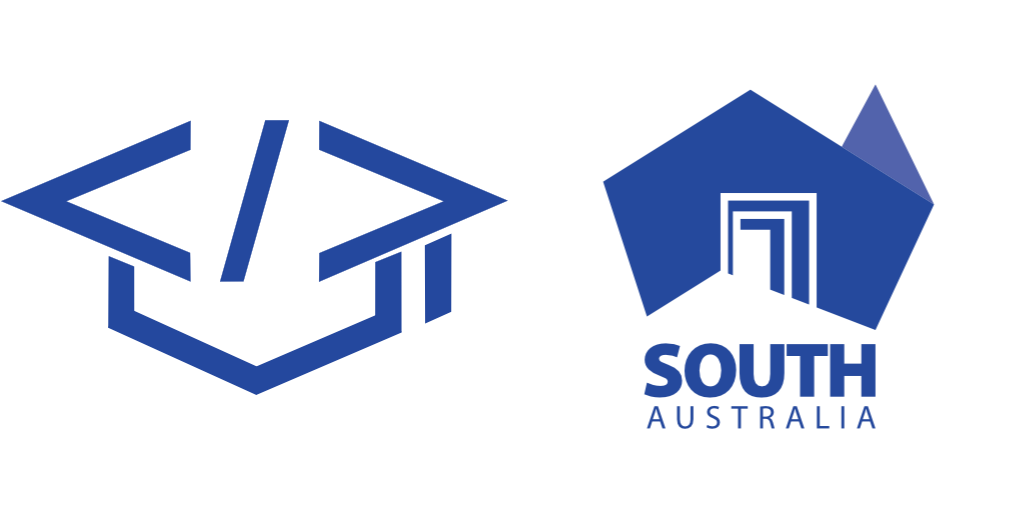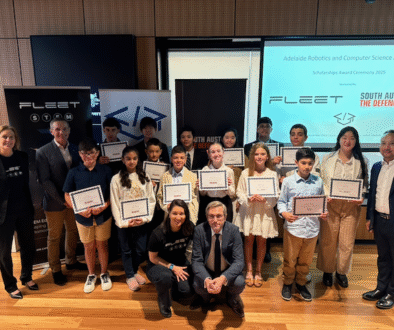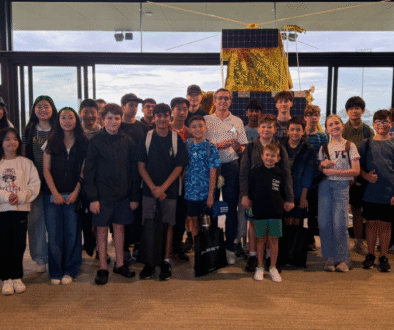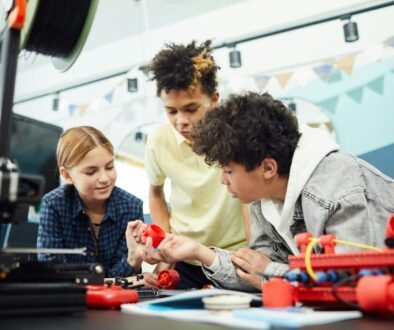Why AI is a Skill for the Future
At Adelaide Robotics and Computer Science Academy (ARCSA), we’re preparing students for tomorrow’s world.
Across Australia and globally, the rise of generative artificial intelligence (AI), tools like ChatGPT and Microsoft Copilot, is transforming the way students learn, think, and engage with knowledge. While some educational institutions are cautious, fearing misuse or academic dishonesty, others are embracing AI as a catalyst for deeper learning. At ARCSA, we believe in the latter.
Consider how university students in Canada are already integrating AI into their everyday studies. A fourth-year kinesiology student recently used AI not to cheat, but to simplify dense academic readings, build balanced study schedules, convert her course notes into podcasts, and even create tailored fitness and nutrition plans. For her and increasingly for students worldwide, AI is a study partner, not a shortcut.
The message is clear: students are using AI to enhance their education, not escape it. And educators are catching on. A major report on digital learning across Canadian universities found that from 2023 to 2024, the percentage of teachers incorporating AI into lessons more than tripled. Many are using these tools to create materials, spark classroom discussions, and help students express complex ideas more clearly.
At the University of Toronto, one professor even developed an AI-powered teaching assistant that answered 12,000 student questions in a single term, freeing him to focus on deeper learning while ensuring students could ask anything, anytime, without fear of judgment.
Closer to home, the same potential exists for our students in Australia. However, it requires guidance, structure, and ethical use, which is something we prioritise at ARCSA. We don’t just introduce students to AI tools. We teach them how to think with them, critically, responsibly, and creatively.
Advanced students at ARCSA already use generative AI for debugging their programs. They also explore AI in real-world applications, like using it to simulate decision-making in robotics or assist with visual recognition tasks (Computer Vision). And yes, they’re also learning about the limits and biases of these tools—because learning how not to use AI is just as important.
What we’re seeing in Australia mirrors the global shift: students want to use AI, but many hesitate out of fear they’ll cross an invisible line. That’s why it’s vital that schools like ARCSA demystify these tools early, helping students become confident, ethical users of tomorrow’s most powerful technologies.
Whether your child is exploring how to automate a task with code or simply needs help understanding a complex concept, AI can be an empowering ally. But like any tool, it must be taught with care.
As one student in the field of engineering science put it, “There are limitations to what AI can do for us. This is what we can do now, and we’re using it as best we can. In 10 years, though—what might it become?”
We don’t know all the answers. However, at ARCSA, we ensure that our students are asking the right questions and are ready for the world that’s coming.




